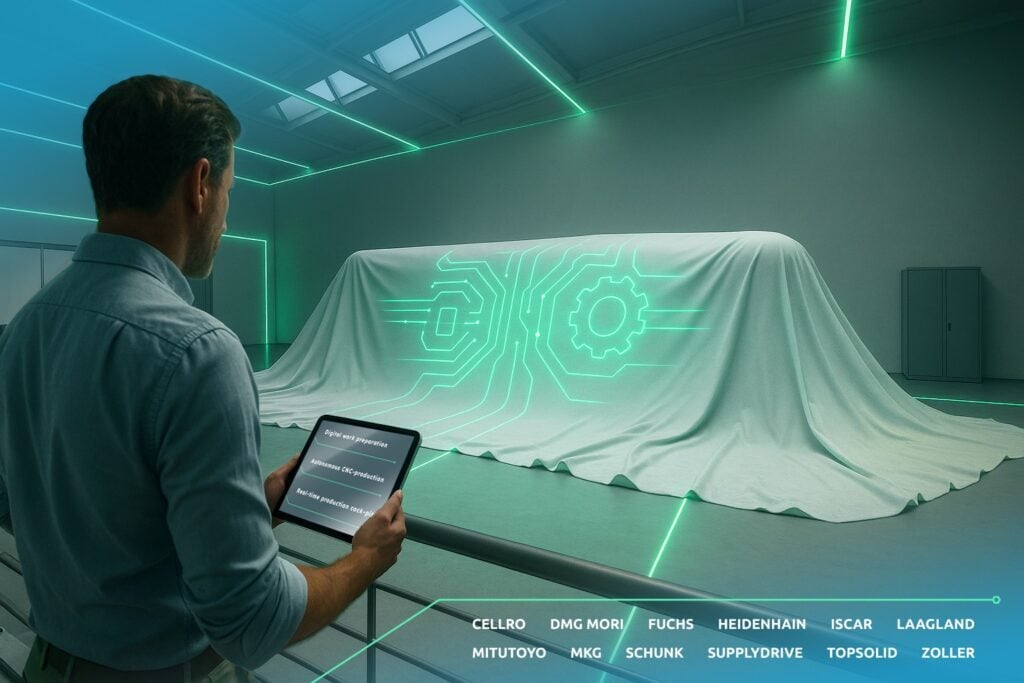Five Tips for Using the Full Potential of Mobile Apps
Published: October 28, 2020
Last update: August 20, 2025
The Recipe for Successful Mobility Projects
Mobile apps are becoming increasingly popular with companies. In order to achieve the anticipated increase in efficiency, they must be used correctly. These five tips will help you.
Mobile technologies open up a lot of new fields of application to companies. These fields include the ordering of spare parts, the staging of packaging material, time and attendance, and many more. The information exchange across locations significantly accelerates processes, whether in production, logistics, or in service. A suitable solution cannot always be bought "off the rack", though.
How to Make Mobile Projects a Success
- Focus on the user
Mobile applications must meet two types of requirements: the ones of the company and the ones of the employees. It's not about having your employees create wish lists, but about meeting the actual and not the assumed user requirements. The app to be implemented will only serve its purpose if the architects understand its field of application and already include the process steps of the acting persons in the design process. As a result, workers, warehouse clerks, and service employees receive an app which provides all necessary functionalities and information and supports their work. The importance of the graphical user interface should not be neglected either: A GUI adjusted to the corporate design optimizes the user experience and is proven to increase the acceptance by employees. Customizations are usually not necessary. A lot can be solved by means of configurations, to the benefit of budget and project duration.
- Create a clear project plan
"Let's just start and see where it goes" is not the right motto for a mobility project. Project managers can follow these seven phases for the launch process:
1. Analysis of the context of use
2. Collection of requirements
3. Conceptual design
4. Prototyping
5. Usability tests
6. Implementation phase
7. Finite configuration
The implementation phase is initiated after the tests of the fifth phase have successfully been completed. The finite configuration comes as a final phase if potential for improvement has been revealed in the implementation phase. The chances for successful projects are significantly increased when projects follow a set pattern.
- Schedule iterations
If you create a project plan and try to follow through with every project step strictly according to this plan, you will come off second-best. "Mobility projects must be very flexible," says Daniel Schüllner, Product Manager Mobile at proALPHA. Therefore, we recommended that you ask for the users' feedback in every phase and include it in the current project. This might involve the revision of concepts and lead to a delayed rollout date. On the upside, this allows you to quickly correct conceptual errors and ultimately reduces the risk of a costly undesirable development. In addition, the productivity of the users increases, since the functionalities are tailored to the employees' requirements. This also significantly improves the return on investment in iterative projects.
„Mobility projects must be very flexible“,
Daniel Schüllner, Productmanager Mobile proALPHA
- Check and revise processes, if required
In general, there is nothing wrong with building a mobile application on already established processes. Introducing a mobile solution is a great opportunity to critically examine certain processes and to revise them, though. The goal to implement an app for certain processes creates a common basis for discussion. As a result, misunderstandings are avoided or can be solved more quickly at least. If you approach the project the right way, you might even want to put your rigid processes to the test and break with them.
- Evaluate technologies and select the right ones
The latest innovations, foldable displays, language assistants – every week sees another new technology on the market. Not everything that is new is also practical, though. Companies must examine what they actually require and whether the cost-benefit ratio is reasonable. The success of a mobile solution requires more than just a nice tablet and the latest scanner. It depends on various factors, like the orchestration of the processes, a flexible organization, and suitable technology equipment. Companies have to play a part in implementing the app from the beginning in order to achieve the maximum productivity. If you just hand the project over to a solution provider, you fail to reach your full potential.


